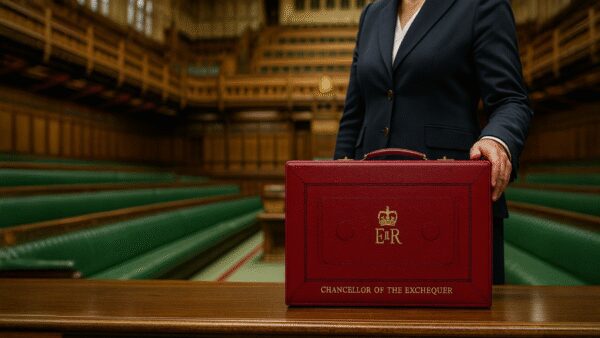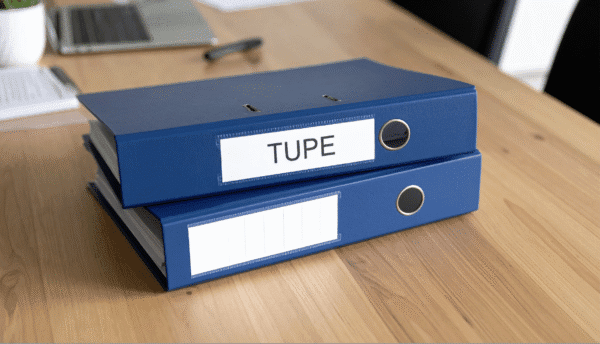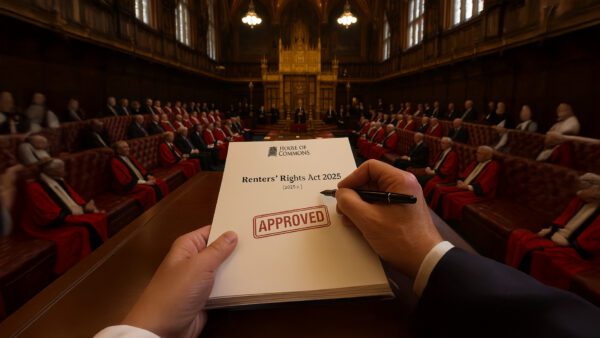The process of selling your home can be stressful, but with the right approach, it does not have to be. From gaining a good understanding of what to expect to preparing key documents early, these conveyancing tips will help streamline the process, avoid delays and ensure a smoother, more efficient sale from start to finish.
Understanding the Conveyancing Process
Once you instruct your conveyancer and complete the property information forms, they send a contract pack to the buyer’s conveyancer. For leasehold properties, a management pack is also ordered which contains information on management, fees and obligations.
The buyer’s conveyancer conducts searches, surveys and may raise enquiries. Your conveyancer will help respond to these with your consultation, where appropriate.
Once all enquiries are satisfied, both parties exchange contracts and set a completion date. Exchange makes the sale legally binding.
On completion, the buyer’s conveyancer transfers funds, you vacate the property and then hand over the keys. Any existing mortgage is redeemed, and the sale proceeds are sent to you.
Document Provision and Upfront Information
Providing upfront information to your conveyancer allows them to prepare a comprehensive contract pack, identify potential issues and speed up the process.
Although property owners might not have complete records of their documents, providing as much as possible early on makes your property more appealing to buyers.
We recommend you start compiling your property documents when you list the property, to make things easier once a sale is agreed.
At the outset, you will need to provide your proof of identity and address, onboarding documents, and Land Registry Forms:
- Property Information Form (TA6) – discloses key details about the property.
- Fittings and Contents Form (TA10) – Lists items at the property to be included/excluded in the sale.
- Leasehold Information Form (TA7) – Relevant if the property is leasehold.
You should also consider if the following items are relevant to your sale:
- Your mortgage details, so your conveyancer can arrange repayment on completion.
- Newbuild home warranty (i.e. NHBC, LABC, Premier or other providers).
- Planning Permissions, consents and building regulation certificates – for alterations or major works.
- Gas Safety and Electrical Certificates – If available, especially for recent works.
- Warranties and Guarantees – For windows, boilers, etc.
- Dispute and Insurance Claim details.
- Indemnity policies taken out when you purchased the property.
If requires, complete, sign, and serve the Leaseholder Deed of Certificate promptly, as your landlord has 4 weeks to respond.
Communication with your Conveyancer
Effective communication between you and your conveyancer will ensure the smooth and swift progression of your sale. It also helps your conveyancer manage progress towards known deadlines, keeping all parties aligned.
Agree on the best way to communicate with your conveyancer early on. Email will be the primary form of communication throughout the transaction, but notify them if you wish to use alternatives, when appropriate. For example, the best way to reach you for urgent matters, or perhaps you would like time-sensitive updates via WhatsApp.
Quick, clear contact helps resolve issues faster, reduces stress, and lowers the risk of delays or the sale falling through.
Following these conveyancing tips will help ensure a smooth sale. For more information, please contact our Residential Real Estate team via the form below.









